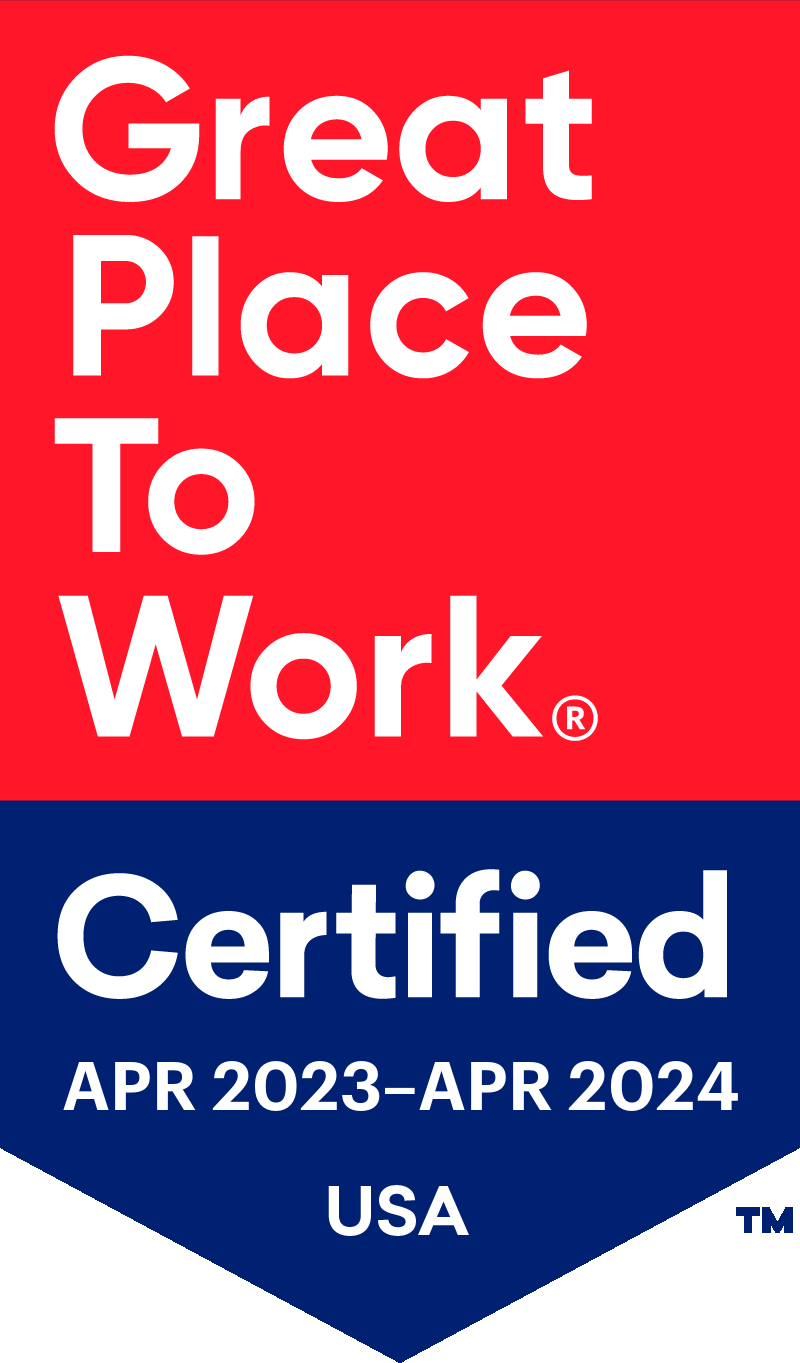How to Avoid Common Hospice Billing Errors and Improve Compliance
Navigating the complexity of hospice billing under Medicare compliance guidelines can present significant challenges that create substantial stress and burden for hospice and palliative care providers.
The intricacies often lead to common billing deficiencies that not only risk compliance but can also cause delayed reimbursements or worse, lead to audits and penalties, disrupting the financial stability of the organization. In this blog, we’ll delve into common billing errors as identified by Medicare Administrative Contractors (MACs) and explore effective strategies to address them to ensure accuracy and compliance.
Common Billing Deficiencies
- Sequential Billing Errors: One common issue is the failure to maintain sequential billing, which requires claims to be processed in sequence by date of service without gaps. If the ‘To’ date on one claim and the ‘From’ date on the next claim do not match exactly, it can result in claims being returned for correction or placed in a pending status, delaying payments.
- Incorrect Use of Occurrence Codes: Another frequent oversight involves the improper use of Occurrence Codes (OC) and Occurrence Span Codes (OSC). For example, OC 27 must be used accurately on initial claims to denote the start of hospice care, and it must match the ‘Admit’ and ‘From’ dates. Additionally, when certifications are untimely, OSC 77 is required to indicate non-covered hospice care days, which can lead to compliance issues if not handled correctly.
- Documentation Deficiencies: Proper documentation is crucial for supporting Medicare compliance billing. Common deficiencies include missing or insufficient documentation that fails to support the medical necessity of the care provided, or documentation that does not adequately substantiate the prognosis of a life expectancy of six months or less. For detailed examples of common documentation deficiencies, read this post on The Crucial Role of Documentation in Hospice Billing Integrity.
How to Address These Deficiencies
- Enhance Training and Awareness: Regular training sessions for billing staff on Medicare rules and the importance of accurate hospice claims documentation can help in reducing errors. Specific focus should be given to the correct use of codes and the importance of maintaining sequential billing. For training, check out this Quick Reference Billing Guide from Noridian Healthcare Solutions.
- Implement Robust Billing Systems: Utilizing advanced billing software that can automatically check for common hospice billing errors like date mismatches or missing codes can significantly reduce billing deficiencies. At Curantis Solutions, our comprehensive billing engine will notify you of outstanding NOEs, patients without eligibility verified, outstanding payments that need follow up and more, to help you eliminate these costly errors.
- Regular Internal Audits: Conducting internal audits can help identify and rectify errors before the claims are submitted to Medicare. This proactive approach not only reduces the risk of compliance issues but also minimizes the chance of delayed payments.
- Use of Resources and Guidance from MACs: Keeping up to date with guidelines and resources provided by MACs like Palmetto GBA can provide valuable insights into common hospice billing issues and how to avoid them. These resources often include detailed instructions and job aids that can be invaluable for training and reference purposes.
In Summary
By understanding and addressing these common hospice billing errors, hospice providers can improve their compliance with Medicare regulations, ensuring timely and accurate reimbursements. Regular updates from MAC websites and continuous staff education are essential for maintaining billing integrity in hospice care. For more detailed guidance and specific examples, providers can refer to the billing resources available on MAC websites like Palmetto GBA, which offer comprehensive instructions and updates on best billing practices.
At Curantis Solutions, our software is designed to generate cleaner claims guided by system intelligence and validations, so you know the exact next step to speed your billing process and return revenue faster. Our intuitive layout allows you to work more efficiently with simple navigation, guided workflows, and user-friendly filtering to stay on top of key insights you need.
Book a demo to streamline your hospice billing process and avoid costly errors.





